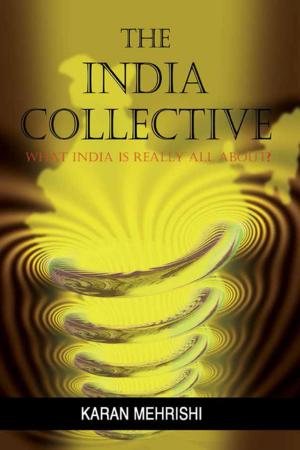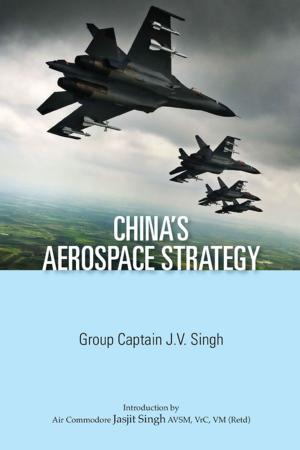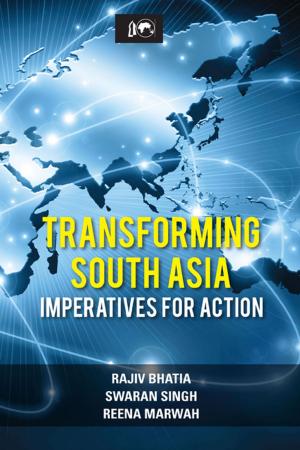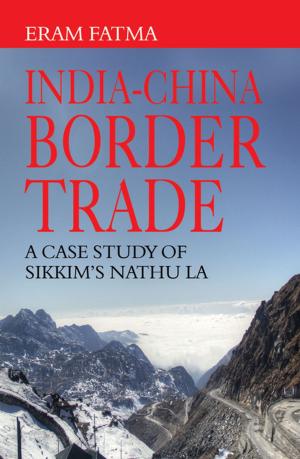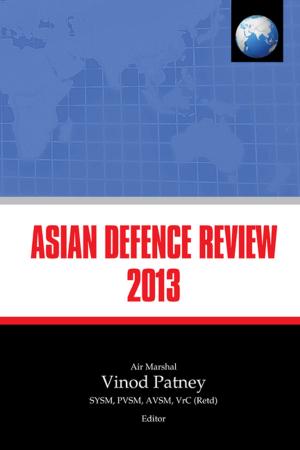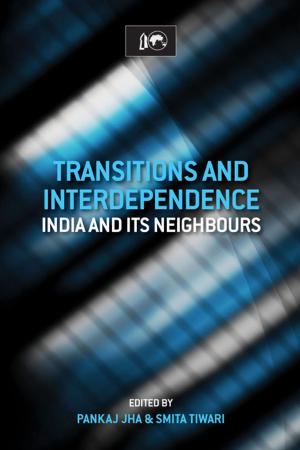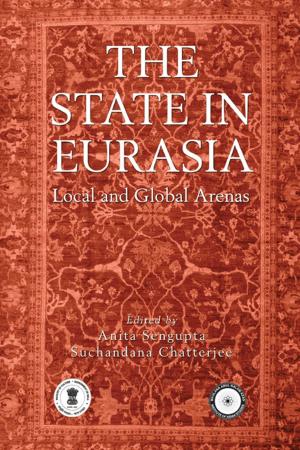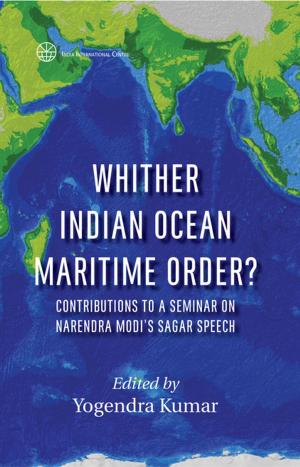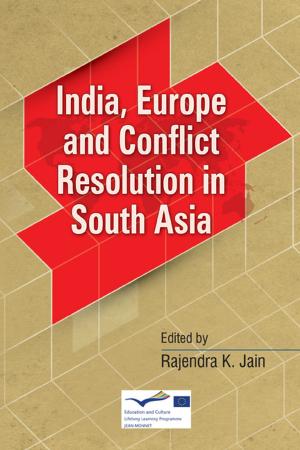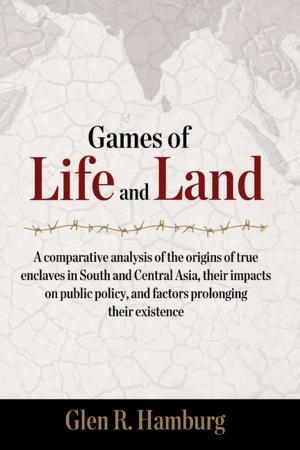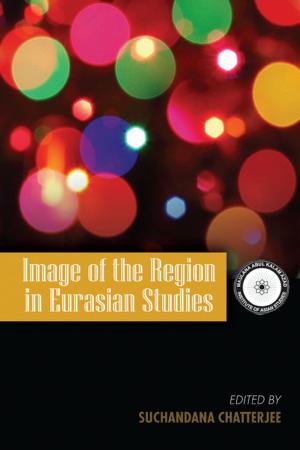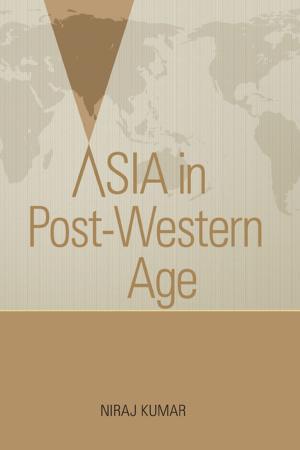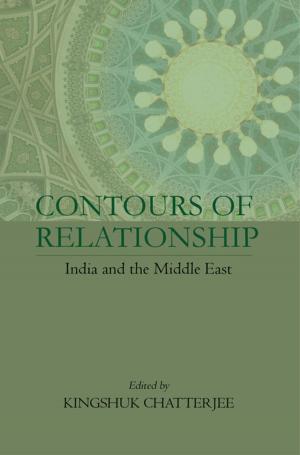| Author: | ISBN: | 9789385714047 | |
| Publisher: | KW Publishers | Publication: | April 15, 2015 |
| Imprint: | KW Publishers | Language: | English |
| Author: | |
| ISBN: | 9789385714047 |
| Publisher: | KW Publishers |
| Publication: | April 15, 2015 |
| Imprint: | KW Publishers |
| Language: | English |
While the strategic dynamics in the IOR are complex and involve many powers there is little doubt that the “strategic triangle” involving the US, China and India is one of the key traditional security issues facing the IOR. Given Sri Lanka’s geopolitically significant location in the IOR this strategic triangle is bound to have an impact on its national interests and security. The central questions raised by this volume are the following: What are the prospects of competition and cooperation within the strategic triangle? What structure or pattern will the triangular relations assume? How can stability be maintained in the triangular relationship in the interest of peace in the IOR? and What would be the impact of this strategic triangle on a small country such as Sri Lanka situated in a geopolitically significant location in the IOR? The dynamics of the US-China-India strategic triangle in the IOR will be complicated, containing elements of both competition and cooperation. The research contained in the substantive chapters of this volume present a multiplicity of views on the possible patterns that the strategic triangle can assume. Based on Harry Harding’s typology of the strategic triangle in international affairs, these include: one mediating the conflict between the other two; two-against-one; and all-working-together. The multiplicity of patterns that the strategic triangle could assume indicate that there is likely to be considerable fluctuation in its structure. What is important in maintaining stability is that the competition is not allowed to become unmanageable, and the fostering of cooperation based on common interests. The US-China-India strategic triangle poses Sri Lanka as a country situated in a geopolitically significant location in the IOR with both challenges and opportunities. The most fundamental challenge is posed by the tendency of each of these three major powers to subordinate Sri Lanka to their grand strategic objectives and interaction with each other. The fundamental opportunity presented to Sri Lanka by the strategic triangle is that of using its geopolitical importance to each of these three major powers by virtue of its location in the IOR to its own advantage in a way that best serves its national interests.
While the strategic dynamics in the IOR are complex and involve many powers there is little doubt that the “strategic triangle” involving the US, China and India is one of the key traditional security issues facing the IOR. Given Sri Lanka’s geopolitically significant location in the IOR this strategic triangle is bound to have an impact on its national interests and security. The central questions raised by this volume are the following: What are the prospects of competition and cooperation within the strategic triangle? What structure or pattern will the triangular relations assume? How can stability be maintained in the triangular relationship in the interest of peace in the IOR? and What would be the impact of this strategic triangle on a small country such as Sri Lanka situated in a geopolitically significant location in the IOR? The dynamics of the US-China-India strategic triangle in the IOR will be complicated, containing elements of both competition and cooperation. The research contained in the substantive chapters of this volume present a multiplicity of views on the possible patterns that the strategic triangle can assume. Based on Harry Harding’s typology of the strategic triangle in international affairs, these include: one mediating the conflict between the other two; two-against-one; and all-working-together. The multiplicity of patterns that the strategic triangle could assume indicate that there is likely to be considerable fluctuation in its structure. What is important in maintaining stability is that the competition is not allowed to become unmanageable, and the fostering of cooperation based on common interests. The US-China-India strategic triangle poses Sri Lanka as a country situated in a geopolitically significant location in the IOR with both challenges and opportunities. The most fundamental challenge is posed by the tendency of each of these three major powers to subordinate Sri Lanka to their grand strategic objectives and interaction with each other. The fundamental opportunity presented to Sri Lanka by the strategic triangle is that of using its geopolitical importance to each of these three major powers by virtue of its location in the IOR to its own advantage in a way that best serves its national interests.

